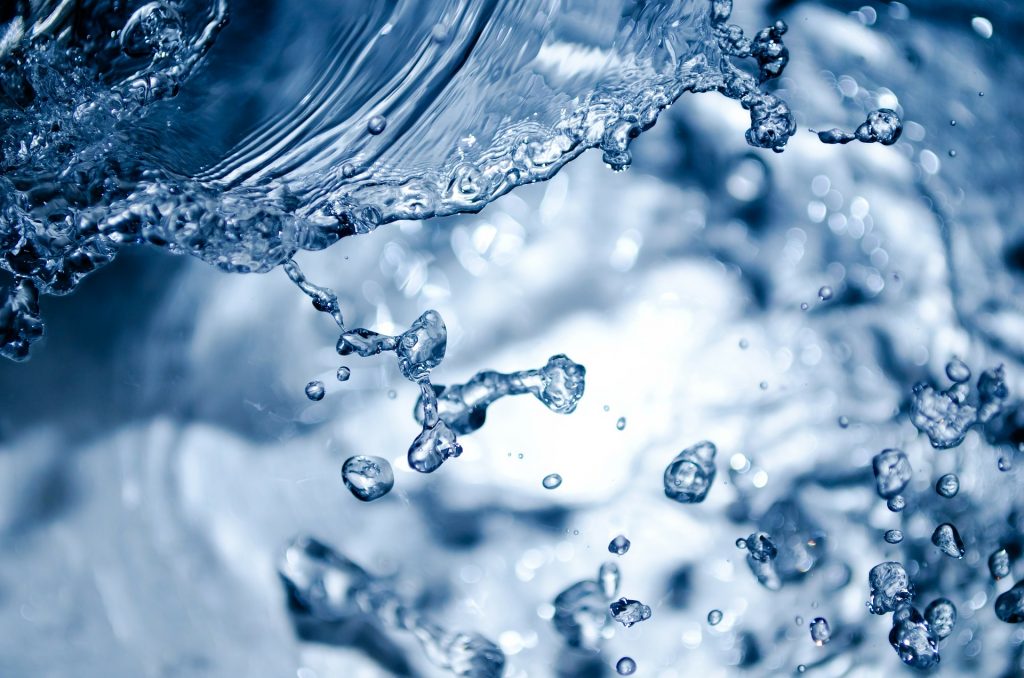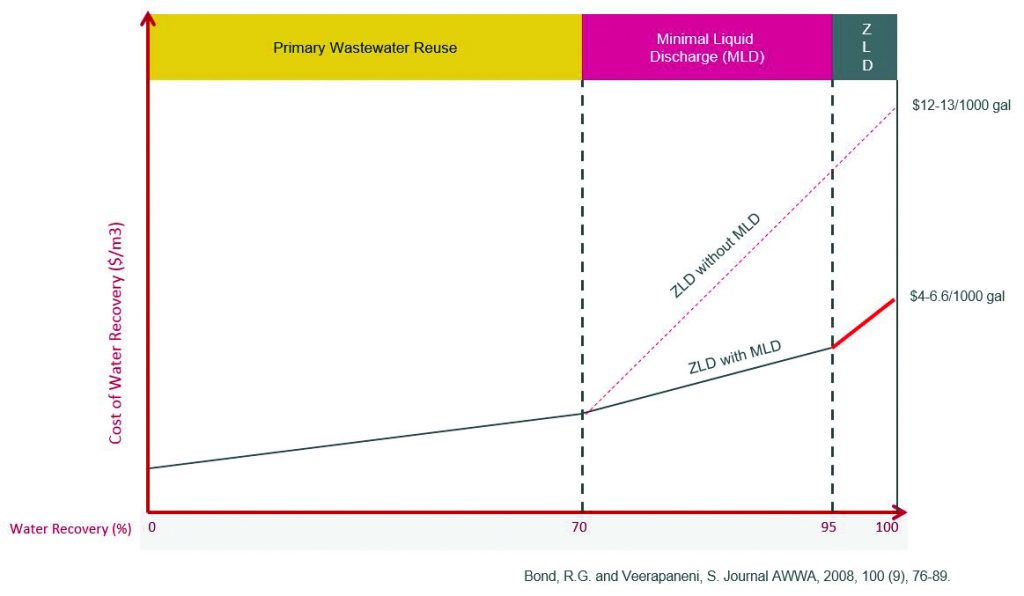- Forward osmosis is not dead – interview with leading water consultant Walid Khoury - August 30, 2020
- Listing of major commercial & academic FO players on ForwardOsmosisTech - April 12, 2020
- 0.26MGD FO-SWRO Hybrid for seawater desalination achieves 25% energy reduction compared to MF/SWRO - December 14, 2019
Minimum Liquid Discharge (MLD) processes can achieve up to 95% water recovery at half the cost of achieving complete Zero Liquid Discharge
Water Technology Online recently published the article “MLD approach yields significant opportunity” in which the authors argue that discharge mitigation does not necessarily have to go all the way to 100% water recovery and complete Zero Liquid Discharge.
For those not familiar with water recovery, MLD and ZLD terms:
- Primary wastewater reuse refers to water treatment processes where up to 70% of water is recovered.
- MLD refers to water treatment processes where 70-95% of water is recovered. Typically, membrane-based technologies such as reverse osmosis and nanofiltration – with potential forward osmosis tweaks – are used to achieve MLD.
- ZLD refers to water treatment processes where 95-100% of water is recovered. Typically, ZLD is achieved through technologies such as evaporators and crystallizers.
After recovery of 95% water, the remaining concentrate typically has high BOD, COD, TDS, and TSS values, which is why recovering the last 5% of water is both OPEX and CAPEX intensive.
In fact, according to the authors, removing those last 5% in many cases doubles the treatment costs.
In reality then, it all boils down to evaluating the cost-benefit of installing water recovery systems and subsequently choosing the right solution – be it primary waste reuse, MLD, or ZLD – to cover your needs.
And as described previously here on ForwardOsmosisTech, forward osmosis technologies have the potential to reduce OPEX and CAPEX costs in both MLD and ZLD processes.


